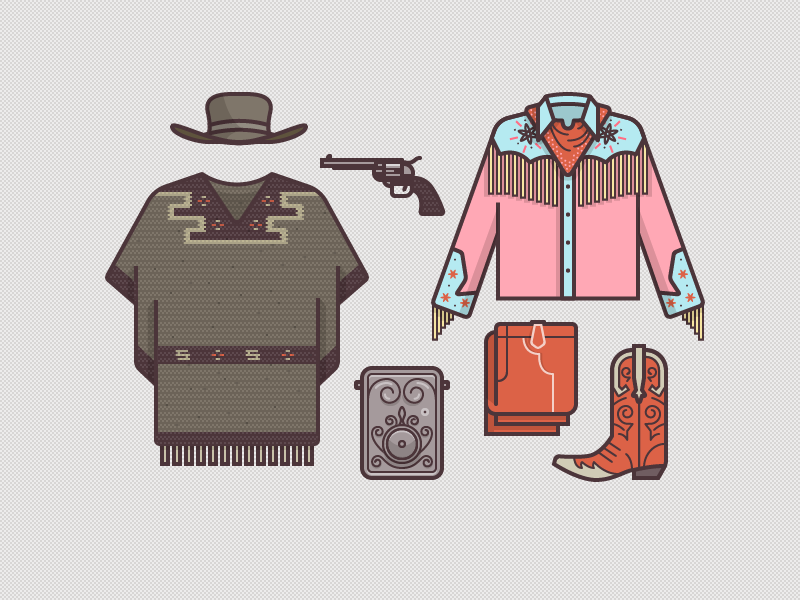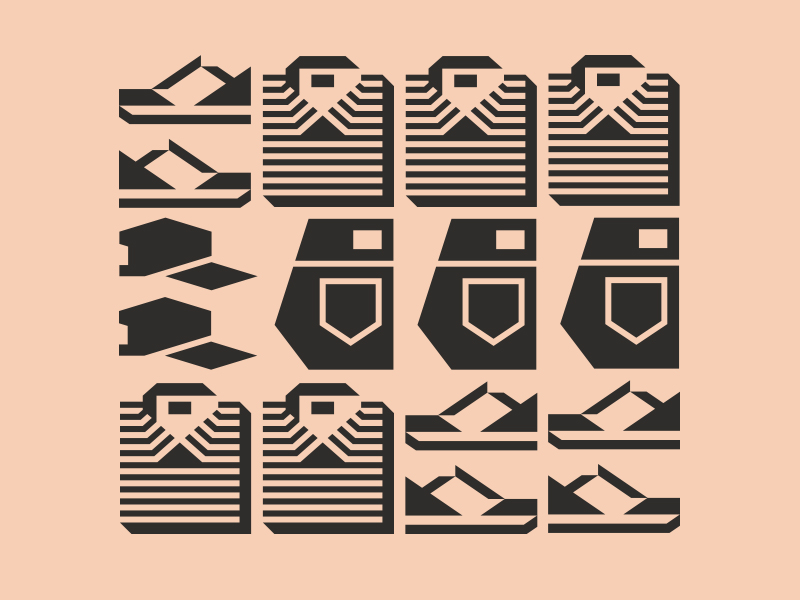Contents
The new technological advancements in the manufacturing sector could help you avoid garment overstock while reaping the benefits of a faster and more sustainable production process. But are these the ultimate solutions?
With the rise of fast fashion, consumers have unlimited access to garments they see online and in stores, with mass retailers stocking excessive clothes and, manufacturers producing an absurd amount of overstock at the end of the season.
While many brands sell overstock clothing to resale stores or donate to charities, others reportedly shred, burn, or dump products in landfills. But why go through all that trouble, further polluting the environment, which also ultimately hurts your bottom line?
Most consumers throw away 84% of their unwanted clothing. It’s not donated or resold, according to the Environmental Protection Agency. Americans collectively dispose of a total of 14 million tons of clothing a year on average, or 80 pounds per person. So it’s essential to improve our ways of producing precisely what we need.
Placing importance on overstock reduction can help your brand maintain itself in the competitive sphere, save you money, and make you a more responsible entrepreneur. Below are some of the latest technologies that are helping designers to build more with less.
Online collaborative work environment
The garment manufacturing process, from design to production, is divided into many different micro-operations managed by professionals who work together to create designs that are stylish, functional, and profitable.

Keeping the communication smooth between teams becomes more difficult with the average number of SKUs (stock-keeping units) introduced by brands rising each season. If a system that helps streamline this data flow is not implemented, it’s easy for clutter to accumulate.
For this reason, fashion teams are adopting “smart collaboration” apps and platforms (like Techpacker, Google Sheets, etc.) that allow multiple users to simultaneously interact and work on the same file, like a tech pack, for example. Also, the version control (also known as revision control and source control) feature allows all team members to track document changes and monitor team progress in general.
On Techpacker, quick communication in real-time and the ability to instantly edit and share tech packs with manufacturers help speed up the pace and efficiency of fashion product development.
This way, manufacturers are also able to facilitate cut-to-order for the brands and later can also avoid minimum orders that primarily result in overstocking.
Digitizing design artwork
In order to establish a cohesive manufacturing process, a brand needs to have a clear creative direction. Most brands digitize their designs and artwork by utilizing software like Repsketch or Adobe Illustrator for flat sketches or technologies like Kaledo for pattern making.

But, one of the latest and most interesting technologies that is coming our way is 3D sample design, like EFI’s Optitex. It offers brands and manufacturers quick solutions like 3D prototyping.
But how does this avoid overstock? This technology can help reduce the use of unnecessary fabrics by presenting designers with a photorealistic 3D view model of their flat pattern design before they begin the cut and sew process.
3D designs that have custom-made avatars provide a better image of how the style fits and looks on a model of your target size before it’s crafted.
After perfecting your design with the buttons, textiles, and stitching that you’ve envisioned, you can showcase your digital collection through your website and social media.
With this method, brands could now reduce their rigorous and high-priced sampling process, which also evades a costly and wasteful garment overstock.
Also, making a pre-order option has been proven to be successful for many brands. Once your clients have paid for the garment that they saw on your online boutique or social media, your factory can begin to produce the quantity and sizes of your designs. Selecting a manufacturer that can provide you with this option can ease your production and sales process.
Micro-factory efficiency
Some designers are opting for what is known as micro-manufacturing or micro-factory. It’s not only useful for supply chain speed but also eliminates a lot of unnecessary costs and waste material, especially for a brand that is just starting out.

Micro-factories are a great way to test the waters with potential clients before committing to full-scale production and avoid wastage of design and materials, and, of course, overstock. For instance, manufacturers like Good Clothing Company provide the lowest minimum order quantity in the production industry. With a garment order as low as 10 per color, size, and style.
Some micro-factories also offer advanced technologies that make it possible to produce a complete collection in just a few days or weeks. Double printing stations, prototyping machines, and heaving fabrics to an automatic cut for a single sheet in sweaters or jeans are some examples.
Still, whether you are working with a large manufacturer or a micro one, remember that communication between your teams and suppliers is essential. Techpacker can connect organizations and factories in a way that is much more effective than emailing back and forth or having to continually share and edit documents and sketches through document transfer e-platforms.
Team members and your factory can easily stay in the loop in the creation and design process. Bad communication results in long product development cycles and errors that lead to waste and overstock.


